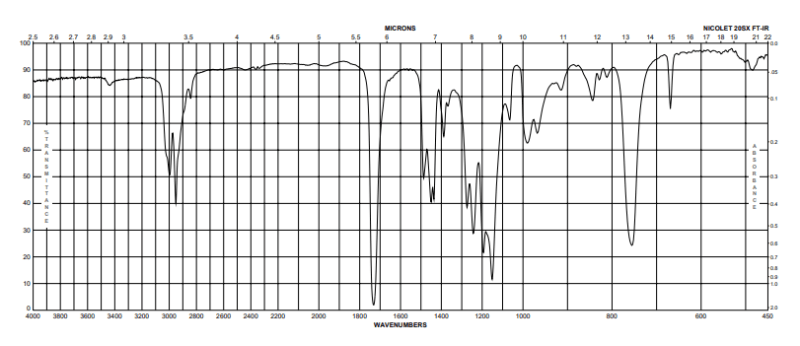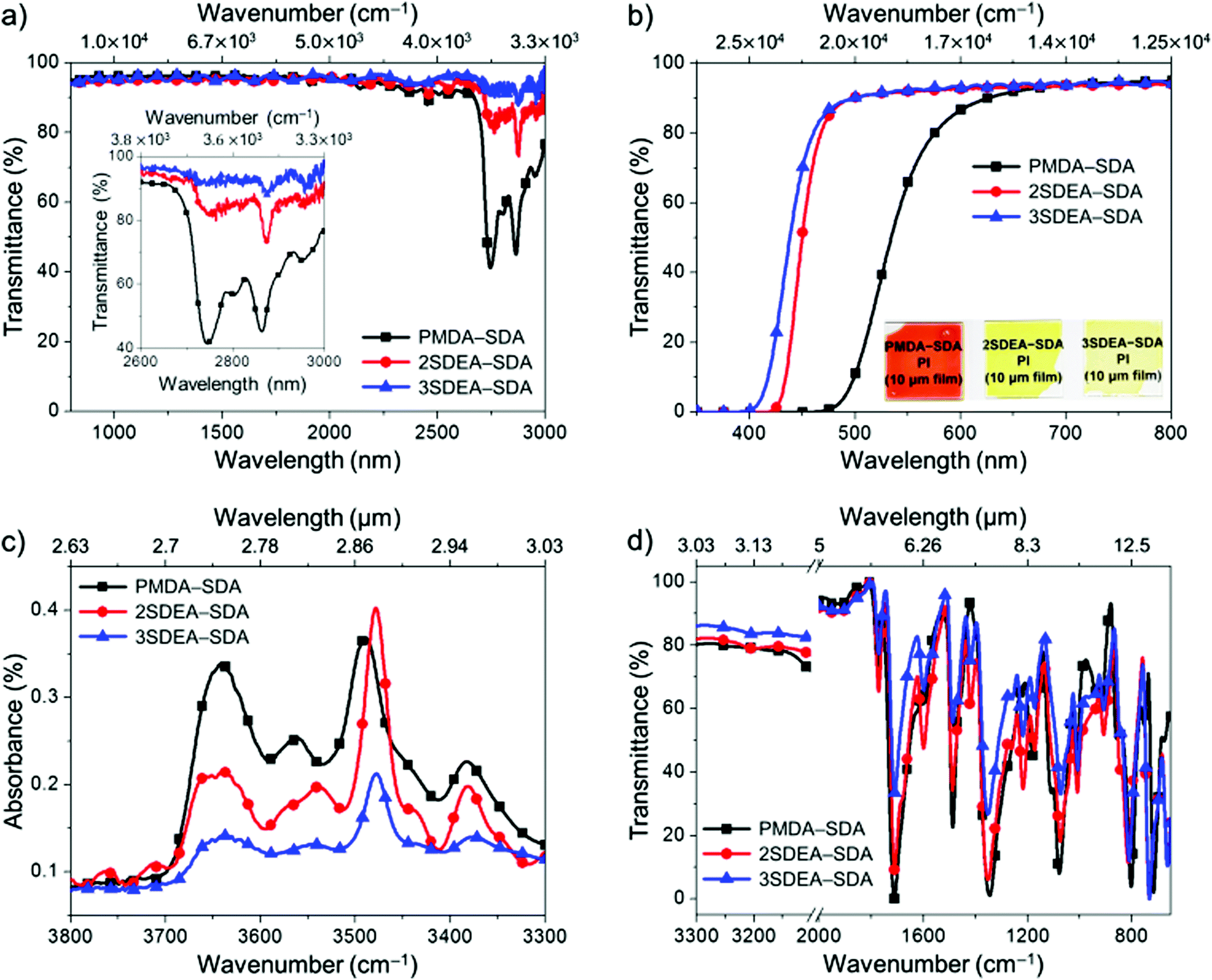Connor-TPS
Electrical
Does anyone know of specific polymers that can pass visible wavelengths (clear material) as well as IR wavelengths in the range of 7-14 microns.
I have tested both clear acrylic (Plaskolite-OPTIX) and polycarbonate (Plaskolite-TUFFAK) with an IR camera (Fluke) since their FTIR shows some IR frequencies passing in this range (see acrylic FTIR below). However both materials turned out to be very restrictive.

I have tested both clear acrylic (Plaskolite-OPTIX) and polycarbonate (Plaskolite-TUFFAK) with an IR camera (Fluke) since their FTIR shows some IR frequencies passing in this range (see acrylic FTIR below). However both materials turned out to be very restrictive.



